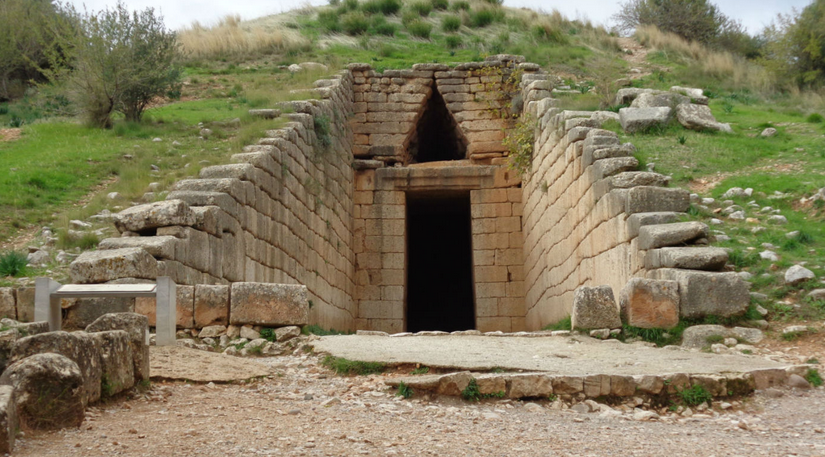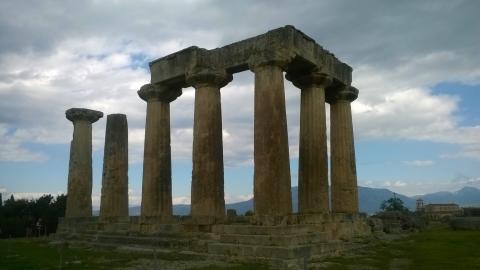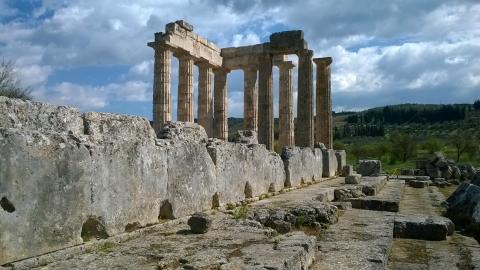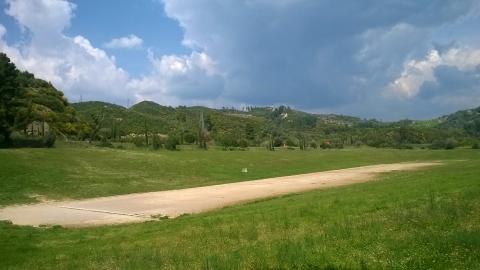Mycenae may allure the attention of massive tourism industry but the walls of Tiryns, built between 1.400 and 1.200 BC are more than impressive and its megaron ( palace ) is ideal for the comprehension of the structure of the Mycenaean palace. These are some of the reasons that urged UNESCO to inscribe it in its world heritage list. During our tour we are going to seek the true meaning of the Mycenaean civilization, its essential political, economical and social features, the reasons for its blooming and its decadence. We will talk about the myths and to what extent they are attested by the archaeological findings.
Last but not least we will focus on the Argolic plain and how it contributed to the growth of human civilization.









